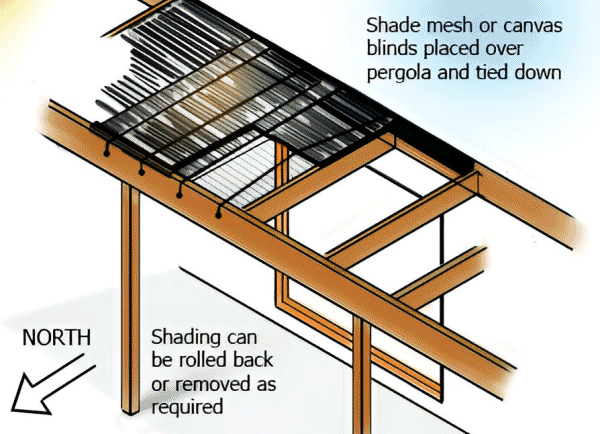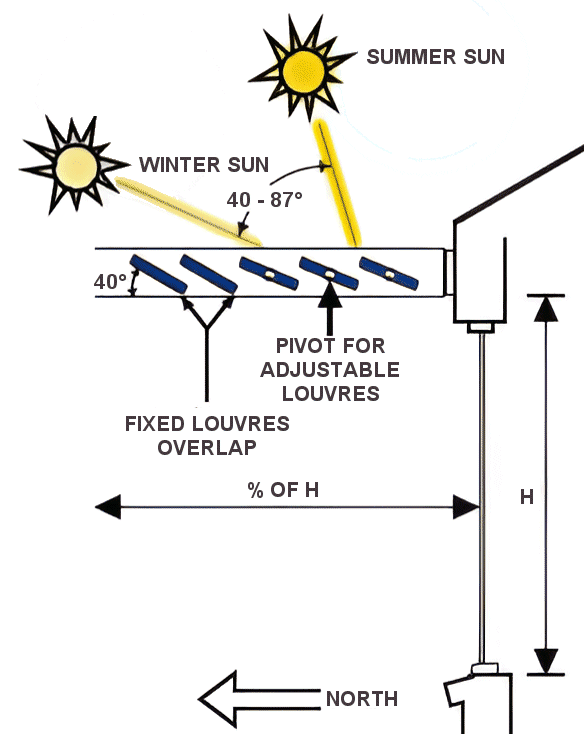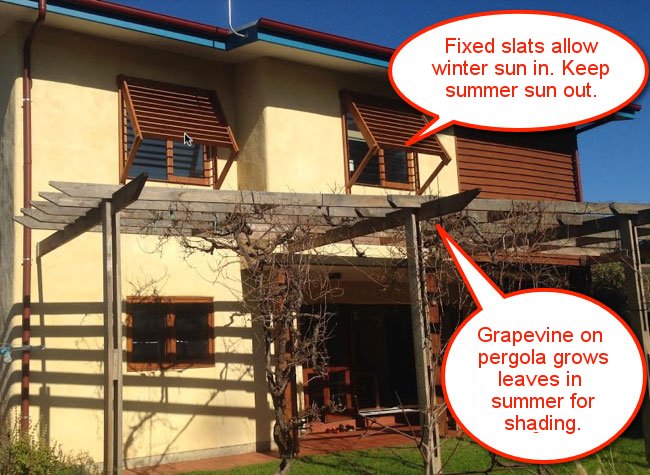Thermal Efficiency And Your Home
Last Updated: 9th Jan 2025 By Finn Peacock, Chartered Electrical Engineer
Heating and cooling is the biggest challenge we have to tackle in our quest to make our homes more energy efficient, as this accounts for around 36% of energy consumption in the average Australian home.
You can pay an ‘energy efficiency expert’ to visit your home and advise you on addressing this, but to be honest with you – it really isn’t rocket science. So here’s my simple guide to making your home thermally efficient throughout the year:
Summer
In summer you want your house cooler than outdoors (duh!). To achieve this as efficiently as possible you need to:
- Stop heat getting in the house.
- Expel any heat that does find its way into your house.
- Stop cool air getting out of the house.
Winter
In winter you want the inside to be hotter than the outside (told you it wasn’t rocket science). You do this by:
- Letting as much sun as possible in.
- Letting as little heat as possible get out.
Controlling Sunlight Inside Your Home
Let’s start with keeping the summer sun out and letting the winter sun in. Many people try to do this with internal blinds, which isn’t such a good idea. By the time the sun has come through the window and hit your blind, all the heat has already got into the house.
Ideally, you need to block the sun before it gets through the glass. Here are some solutions:
Solution #1: Framed Eaves with Removable Shading
These simple DIY designs will let lots of beautiful indirect sunlight inside while ensuring the windows are shaded in summer yet unshaded in winter.
Solution #2: Fixed Slats
Simple fixed slats angled to let the winter sun in and keep the summer sun out. This is achievable because the sun is higher in summer and lower in winter. If you’re wondering what angle to use, refer to this diagram:
I’ve used a combination of these on my home. This is the north facing back of my house:
Solution #3: Roof Insulation and Ventilation
In summer, your roof space acts like a big radiator, and insulation minimises how much it heats your house. Roof/ceiling insulation can pay for itself quickly through energy savings.
Those whirlybird vents are also great for cooling your roof space in summer. Even better are electric (or solar) roof fans, as they blow about 10 times the volume of air and can be hooked up to a thermostat to operate only on hot days.
Winter – Stopping Heat Escaping
The next step is stopping heat from leaving your house through the roof, walls, and windows. This is achieved with:
a) Insulation and Ventilation
Get your roof and ceilings insulated. Hot air rises, and without insulation, most of it will escape through the ceiling. If you have downlights, install thermal hoods to plug the gaps. Whirlybird vents don’t harm heating efficiency in winter; they help by removing moisture.
b) Windows
If you have standard cheap 3mm uncoated single-glazed windows, you are losing 40% of your heating and cooling through them. Heavy blinds can help, but upgrading to double glazing or “Low E” glass is even better.
c) Gaps
The average Australian home has gaps equivalent to a house brick-sized hole. Use a caulking gun to seal gaps and draught stoppers for doors and windows to reduce heat loss.
Benefits of Thermal Efficiency
If you follow these steps, your heating and cooling energy requirements will drop dramatically, and your home will become much more comfortable. A well-insulated room with efficient air conditioning can be kept at 23 degrees in a heatwave for just 10–15 cents per hour.
Sort your window shading, insulation, windows, and gaps, and you’ll have the foundations for an energy-efficient home.
Next, let’s look at space heating and cooling.


